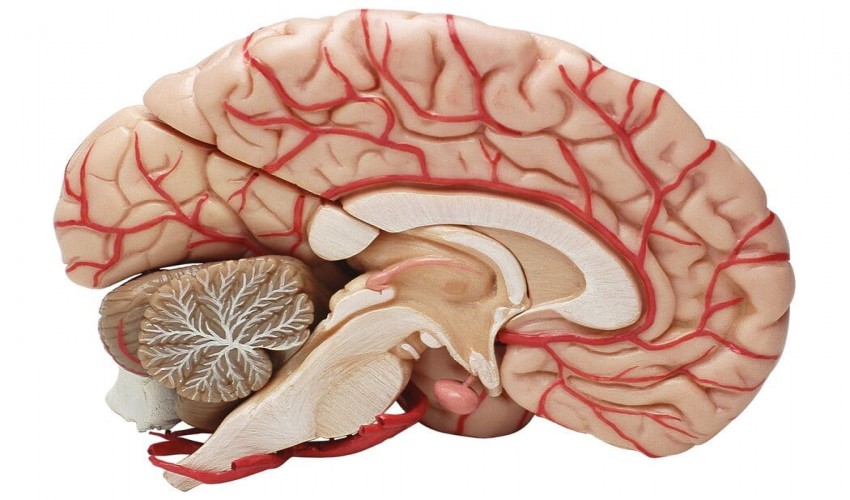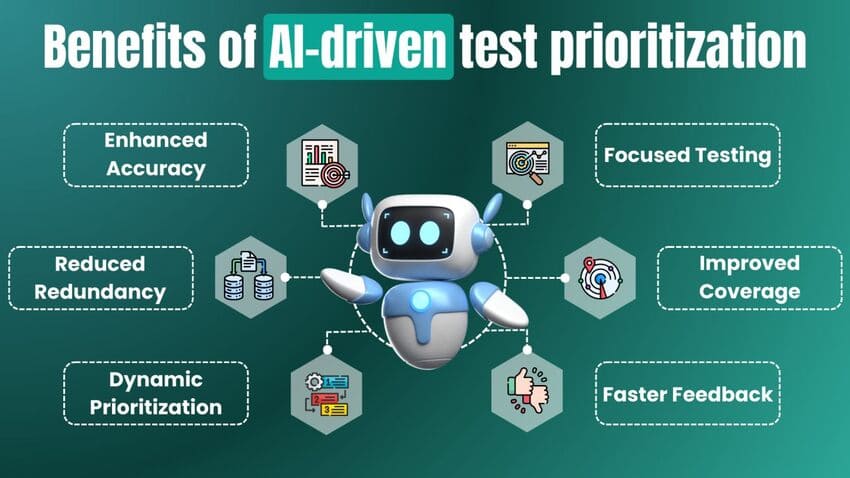
This study reveals that the differences across primate brains, while minor, are nonetheless substantial.
- Rating
- brain
- primate
- neural
- autism
- prefrontal
- cognition
Despite their obvious physical differences, a recent study suggests that human and non-human monkey brains are surprisingly similar. However, even modest adjustments may have substantial effects on developmental and behavioural issues.
Scientists studying developmental disorders of the brain can benefit from an appreciation of the molecular details that make the human brain unique. Researchers led by Andre Sousa, a professor of neuroscience at the University of Wisconsin-Madison, looked into the similarities and differences between human and non-human primate prefrontal cortex cells in a new study published in the journal Science. The prefrontal cortex is at the brain's front and plays a crucial role in higher cognitive functions.
The molecular distinctions between these animals may clarify phases in their evolution and how those changes can be implicated in illnesses, like as autism and intellectual disability, seen in humans. Sousa, a researcher at the Waisman Center at the University of Wisconsin–Madison who specialises in the study of brain development, collaborated with a Yale University lab to investigate and classify the cells in the prefrontal cortex.
"Due to its uniqueness, the dorsolateral prefrontal cortex is being profiled. This cortical region only exists in primates. It doesn't exist in other species," Sousa argues. "Several high-cognition functions, including as working memory, have been linked to it. Moreover, it has been linked to a variety of neurological and mental conditions. Therefore, we opted to conduct this research to better comprehend what sets humans apart in this particular area of the brain."
More than 600,000 prefrontal cortex cells from human, chimpanzee, macaque, and marmoset brain tissue samples were genetically analysed by Sousa and his team. They used this information to classify the cells and identify the similarities and differences between cell types in different organisms. Unsurprisingly, the vast majority of the cells were pretty comparable.
"Most of the cells are actually fairly similar since these species are relatively close evolutionarily," Sousa explains.
Five types of prefrontal cortex cells were identified by Sousa and colleagues that were absent in three of the four studied species. Differences in cell abundance were also discovered, as was variation between populations of comparable cells. Physically, mentally, and in every other way imaginable, a chimpanzee and a human seem worlds apart. Although there are some key differences, at least in the prefrontal cortex, there are many more commonalities at the molecular and genetic levels.
"The researchers here are particularly interested in discovering what sets the human brain apart from other species. Obviously from this study and our past work, most of it is essentially the same, at least across primates," Sousa says.
The researchers' findings of minor variances could be the first step in identifying some of those elements; doing so might yield molecular-level insights into development and developmental disorders.
After the evolutionary divide between humans and other primates, "we want to know what happened," Sousa adds. "It's presumed that a gene or multiple genes have been mutated, resulting in a subtly altered set of phenotypes. How, though, may the neural circuitry and their physiological qualities be affected if, say, the number of a given cell type that is created or the way in which cells are attaching to one another be influenced by these genes throughout brain development? Our goal is to learn how these variations in physiology translate into distinct patterns of brain development and ultimately into variances in behaviour that can be tracked into adulthood."
The brains of adults were observed because this is when most of the development is finished. This suggests that the changes may be occurring during the brain's development. So, the researchers' next step is to analyse samples from growing brains and extend their area of examination past the prefrontal cortex to potentially identify where and when these variations originate. It is hoped that this data will pave the way for a more solid basis in the study of developmental disorders.
"We have the potential to achieve remarkable results, right? We are investigating the very nature of life, the cosmos, and a great deal more. Additionally, this is unlike anything else out there, "said Sousa, whose group includes undergraduates Ashwin Debnath and Cade Hottman and graduate students Ryan Risgaards and Zachary Gomez-Sanchez. "There must be a neurological explanation for our special powers. We're quite curious about the neural mechanism(s) that underlie these capabilities."
Leave a Reply
Your email address will not be published. Required fields are marked *


